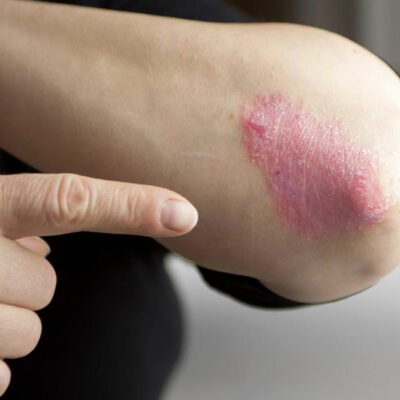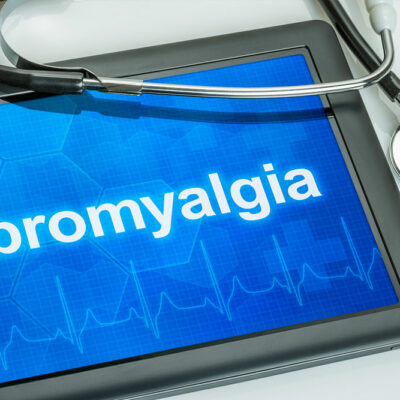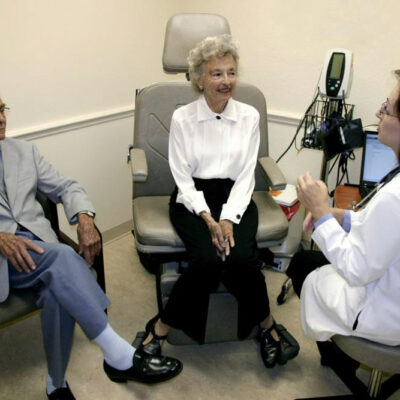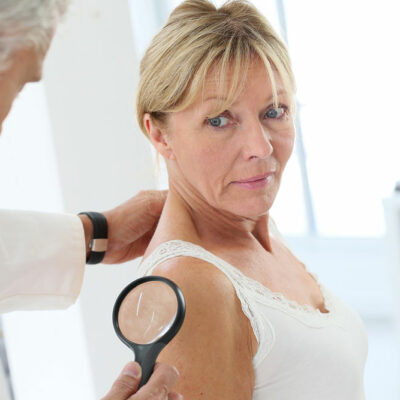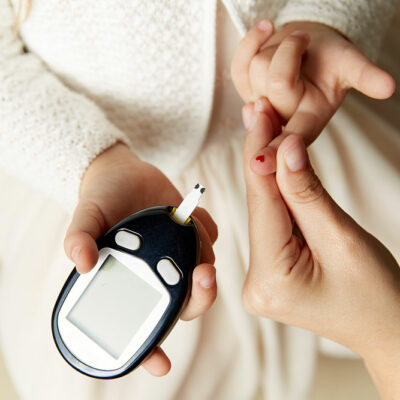
Stages & Degrees
What Are the Normal Blood Sugar Levels
Who does not enjoy some sugary treats from time to time? A lot of people talk about having a sweet tooth. It is not always related to a preference for chocolates or sweets. Some people are habituated to eating something sweet after a filling meal, while others munch on candy to kill time. Today, almost all foods have some amount of sugar in them. Having a sweet tooth is not bad, but when it affects your health, you need to take it seriously. Everyone must try to maintain a normal range of blood sugar levels. One should not consume products with too much sugar or salt. They should also avoid eating sweet or salty foods over long durations as both of these items can gravely affect their health. No one wants to spend the rest of their lives swallowing pills and restricting their diet. They can avoid this by controlling the amount of sugar they consume and following a healthy and active lifestyle. Diabetes in the country Today, a large number of people in the country have diabetes. According to a report published by the Centers for Disease Control and Prevention, more than 100 million Americans have diabetes or prediabetes.
